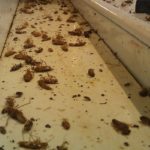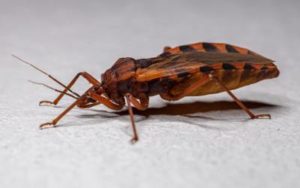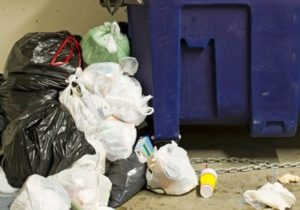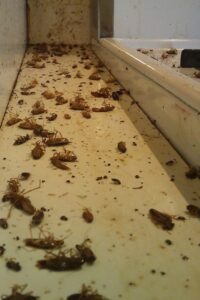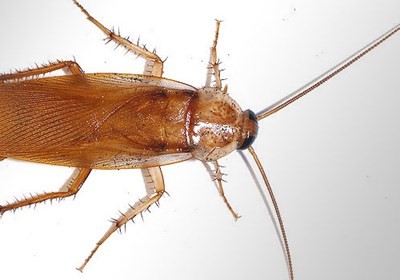
Batzner’s expertise provided quick identification and effective pest control for a client struggling with an unusual infestation at a major brand’s manufacturing facility.
Pest control in manufacturing plants is usually not as eventful as in other industries like food plants and property management, but it occasionally presents unique situations. Many manufacturing facilities bring in parts from all over the country or all over the world and pests from those regions often tag along. In these situations, quickly and accurately identifying the pest is crucial to solving an issue before it grows into an even bigger problem. Fortunately for this client, Batzner excels at these out of the ordinary cases, and was able to swiftly recognize and deal with an exotic pest to protect the client’s brand.
The Issue
A manufacturer of machinery and electrical equipment began having complaints of cockroaches, which Batzner’s Service Team immediately recognized as an odd pest for their industry. Cockroaches are common when dealing with restaurants, food plants, and property management, but conditions in manufacturing facilities are usually not as attractive for them. The complaints began in the middle of summer, which made the situation even more unusual, as cockroaches usually look to enter buildings when the temperature starts to cool.
No matter where they are or when they are seen, cockroaches can become a huge problem very quickly. Roaches are notorious for their ability to reproduce rapidly, and a small population can snowball into a full-blown infestation in a very short amount of time. In one cockroach species, a single female and her descendants can produce up to 30,000 offspring in a year.
Identification
The first step in solving any pest issue is identifying the specific pest to be dealt with, as even closely related pests can have different behaviors and preferred habitats, which can affect the treatment plan. When dealing with cockroaches in Wisconsin and Northern Illinois, this usually means identifying between two species, the German Cockroach and the American Cockroach.
In this situation, the roaches were being reported emerging from the plant’s trough drains. This led Service Specialists to initially expect to be dealing with American cockroaches, as the drains resembled the hot and humid sewer environment preferred by American cockroaches in northern urban areas, and German cockroaches are more likely to be found in the office areas. When a live roach was seen by a Service Specialist, however, he knew that it was neither of the two.
According to the Service Specialist, “I knew right away that this was a totally different species. It was too big to be a German cockroach and too small to be and American, and the coloring and markings were strange.” A few were brought in to the office and shown to Operations Manager Jason Ganas. “I had never encountered this species before, but after some research with other Service Managers we were fairly confident that it was a species called the Turkestan cockroach. We sent a sample to a contact at the Wisconsin Department of Agriculture who confirmed that this was correct.”
Solution
With the pest identified, a treatment plan was able to be formed. Turkestan cockroaches necessitated a rapid response, as they are one of the fastest reproducing species of cockroach. Ganas explains, “Turkestan roaches mature very quickly, and they lay more eggs than most species of cockroach. This has allowed them to out-compete and replace other species in areas around the U.S., especially in the Southwest.”
Because of this, the areas around the trough drains and machinery were aggressively treated to significantly reduce the population. Increased sanitation and cooling the indoor temperature to encourage the roaches to leave the building was also implemented. When Batzner’s monitors suggested that these measures had been effective, the focus switched to improving exclusion to prevent the pests from re-entering.
Results
The infestation was cleaned-out quickly and completely, preventing what could have been a major issue for the manufacturing facility. The source of the infestation was found to be a shipment from China, which likely had originated from somewhere in central Asia in the Turkestan cockroach’s home range. However, it just as easily could have come from a shipment from the American Southwest, or anywhere else that the insect has spread.
Batzner retains a strong partnership with this client, and has educated them on the importance of inspecting incoming shipments and the proper ways to prevent future infestations.
Need a pest control estimate?
We'll call you! Our representatives are fast and friendly.
Turkestan Cockroaches Arrive Unexpectedly in International Shipment in Wisconsin
Serving Wisconsin

